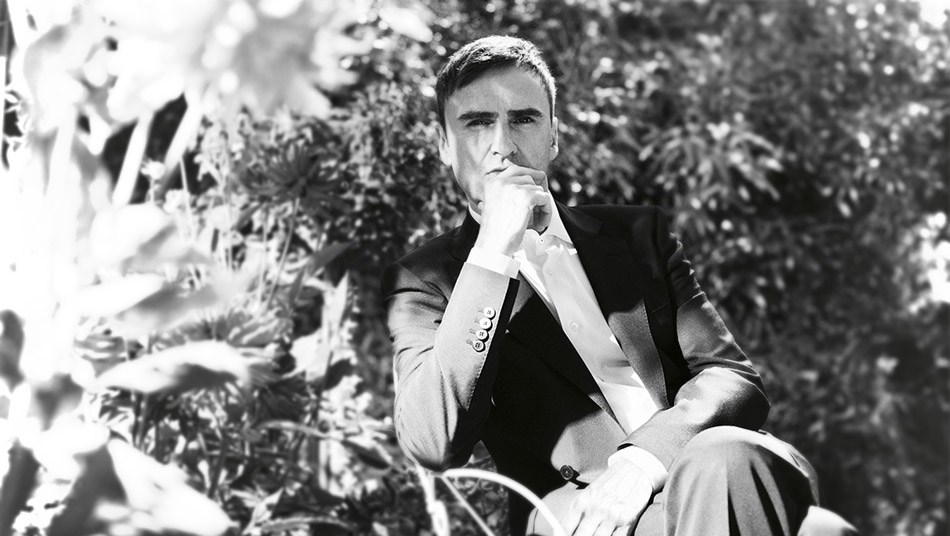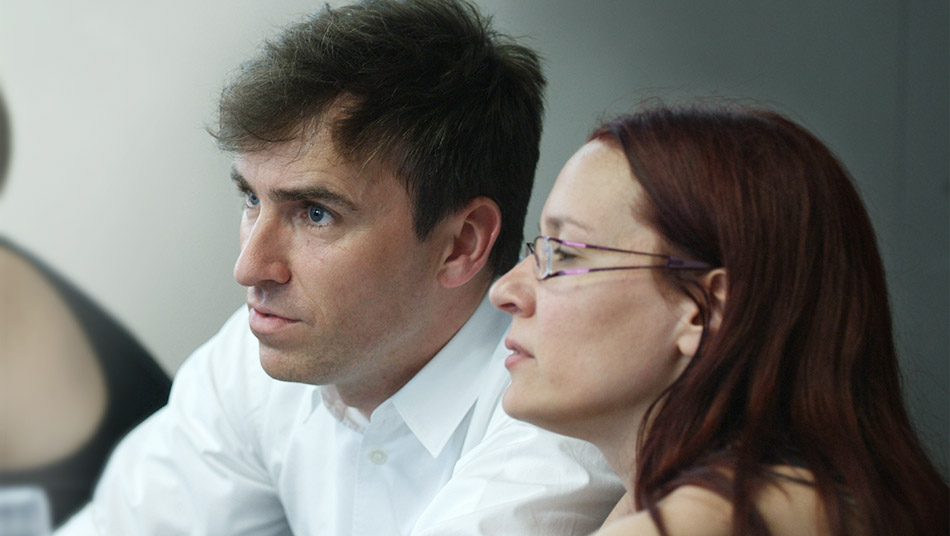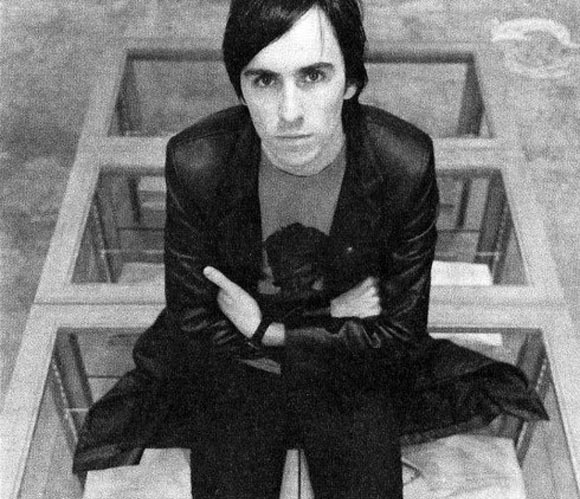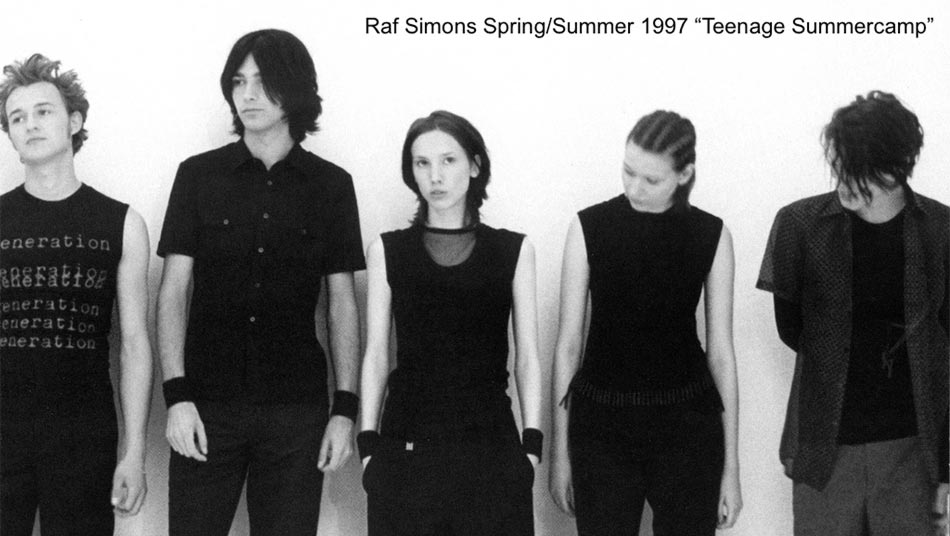
It is hard to simply define Raf Simons as a fashion designer. “I never feel I am a fashion designer. I have even found it problematic that the world defines me as a fashion designer. To me it’s more like, Yes, it is what I do now, but it’s far from my only interest, and I could see myself doing so many other things than fashion.” Architecture, industrial design, art, music, takes on society and on young generations… there is so much going on in his work that often it looks as if he graced us with the decision to mostly stick to fashion design. For now. But it wouldn’t come as a surprise if, for instance, he abruptly decided to leave fashion and turn to full-time art curation.
He lately shocked the fashion system with the much discussed exit from Christian Dior Haute Couture. Way before that, he had been twice in the ITS Fashion Jury, in 2004 and in 2006. His name was already very well known at the time – and young talents in particular had him on their favourite designers list – but he still wasn’t easily recognizable since he was keeping away from photographers as much as possible. Privacy and not being under the limelight have always been key for him. ITS is known for allowing the finalists to sit down and chat with jurors during the event and what happened during the ITS finals in 2006 is a story that deserves to be told. Fashion finalist Matthieu Blazy sat down and started chatting with someone about the work of Raf Simons and how he loved it, how he would have loved to have the possibility to work for him and so on. What he did not know was that the person he was talking to was indeed Simons himself, who loved his work and offered him a work position at his brand.

Class of ’68, Raf Simons graduated in Industrial and Furniture Design before turning to fashion. “At that time there was a big boom going on with fashion in Belgium. The more I looked, the more I became interested” he recalls, talking to Interview Magazine.
In 1991 he knocked at Walter Van Beirendonck’s door for an internship. Interested in his industrial design background for the setup of his presentation, Van Beirendonck took him to Paris where Raf attended the famous ‘White’ Maison Martin Margiela show: “Nothing else in fashion has had such a big impact on me. It was a show where half the audience cried, including myself”. Following this experience Linda Loppa, head of the fashion department at the Antwerp Royal Academy, encouraged him to become a (self-trained) menswear designer and launch his eponymous brand in 1995.

Punks, the new wave, music (Joy Division, Kraftwerk), urban guerrilla, rebellious youth cultures… Raf’s menswear made a statement right from the beginning, often without traditional fashion shows, rather with installations, travelling in the “interzone”, a term that has often been associated to his work but that even he finds hard to define. It basically suggests that “his work exists within a realm that goes beyond any one specific thing – certainly beyond the confines of fashion”, as Isabella Burley rightly put in an interview with him for Dazed. Unexpectedly in 2000 he takes a sabbatical, and starts teaching at the fashion department of the University of Applied Arts in Vienna (a position he will hold until 2005). The Swiss Textile Awards in 2003 represent a turning point in his career and we were lucky enough to witness it. It was a strongly emotional moment: Barbara together with ITS team members Sergio Drioli and Lidia Dyal were literally drawn to tears as the joy of Raf exploded, inviting on stage his whole staff to share the recognition, as a captain recognising the importance of his crew. The award offers the financial opportunity to relaunch his brand. From this moment onwards his talent receives all the recognition it deserves.
2005 marks the passage from being an independent designer to becoming the Head of a megabrand like Jil Sander. This does not stop him at all from brilliantly carrying on the development of his own menswear brand (which also sees the addition of a second line by the way). It does force him to leave his teaching position at the University of Applied Arts in Vienna. Time indeed is turning into a luxury. Collaborations with other brands like Adidas and Eastpak come up. And Christian Dior is around the corner…

In 2012 the creative direction at Dior Haute Couture – following the historical Galliano departure – is vacant and Messieur Arnault offers it to Raf Simons, who gladly accepts it. The rest is history, wonderfully documented in the celebrated 2014 documentary “Dior and I”. The motion picture not only captures the manic level of dedication that Raf Simons puts into projects, the impressive effort to understand and respect such a heritage at the same time finding the key to carry it forward. It also shows the importance that teamwork has for Raf, how essential it is to have trustworthy collaborators who know and understand your every move and request. It also portrays today’s crazy fashion system, forcing a creator like Raf to come up with a Haute Couture collection in a fraction of the time that would be necessary. A creative process expressed at its full potential must be revealed only when its creator feels it is complete. Time cannot be in the way.
“Simons was frustrated by the lack of time to create.” wrote Cathy Horyn (both together in the ITS FASHION Jury in 2006). “When you do six shows a year” said Raf Simons “there’s not enough time for the whole process. Technically, yes – the people who make the samples, do the stitching, they can do it. But you have no incubation time for ideas, and incubation time is very important. When you try an idea, you look at it and think, Hmm, let’s put it away for a week and think about it later”. We can only wish such a gifted creative to always have the time he needs. No doubt, he will always fight for it.